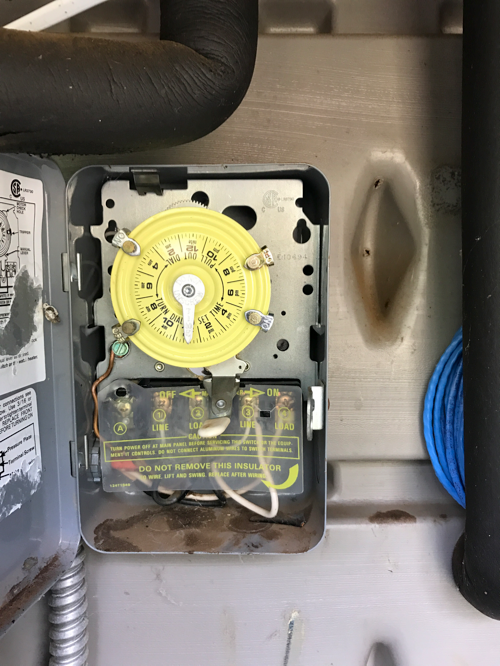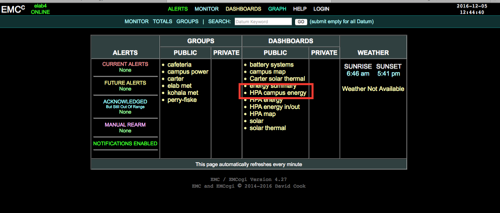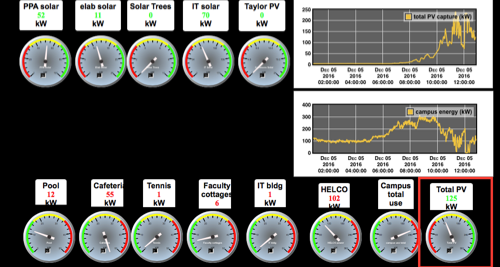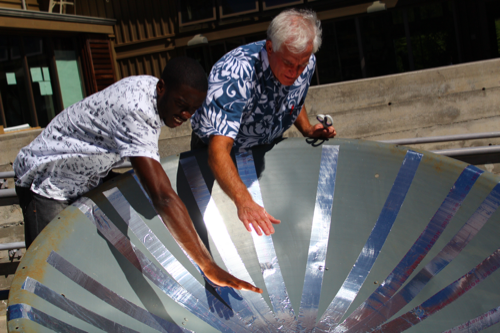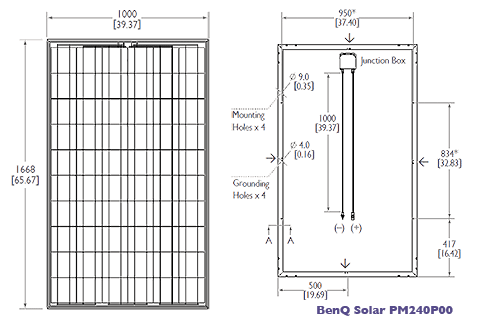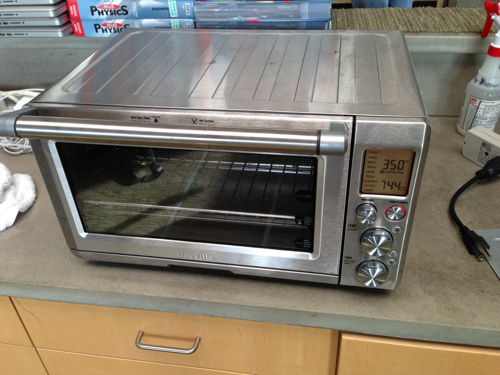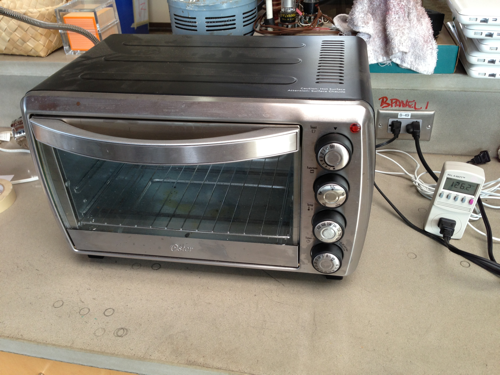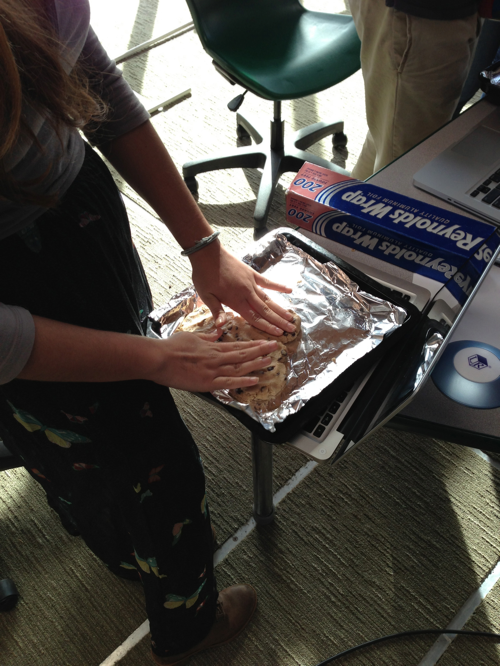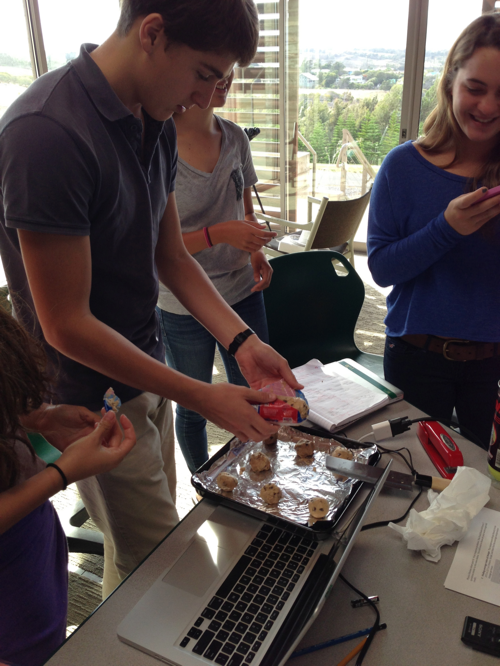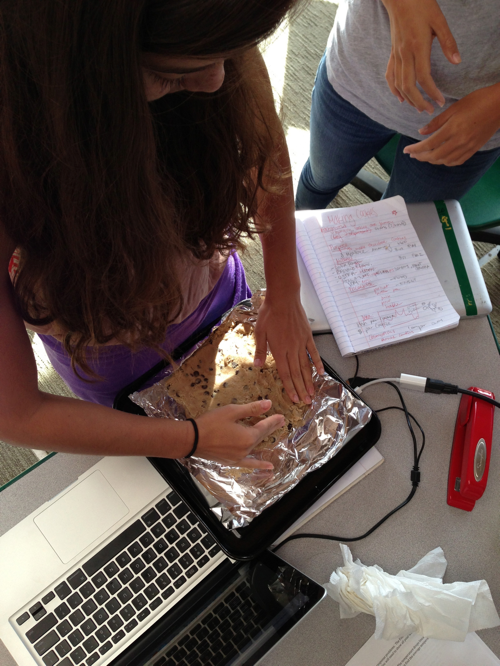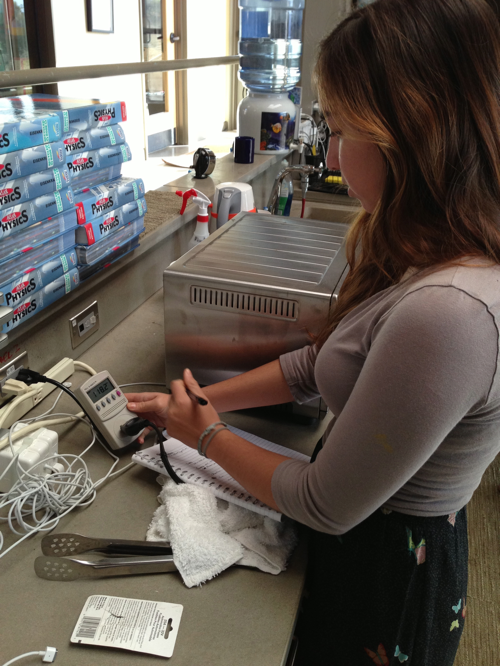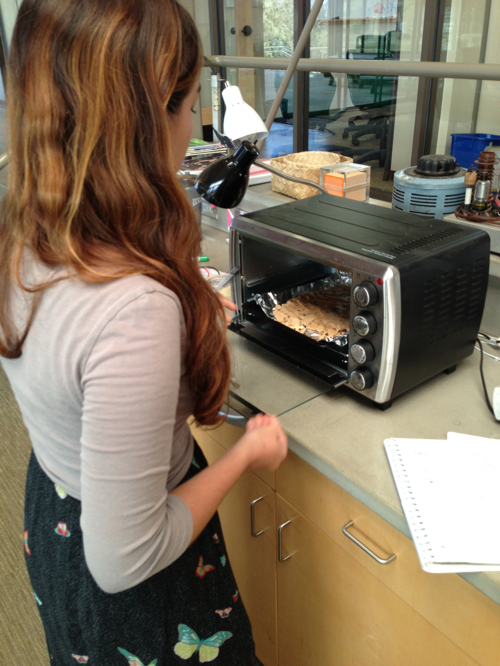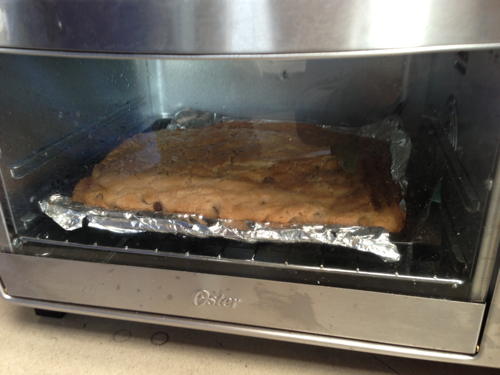Energy primer
Energy and power units:
kW means kiloWatt, kilo = 1000 Watt named after a person, so capitalized
1000 Watts = 1 kW (note spelling)
kW is a rate, like miles per hour or gallons per minute
To get total energy (or miles or gallons) we multiply by time:
1000 Watts for one hour = 1 kWh (“one kiloWatt hour”)
Example: a 1000 Watt hot water maker is on for one hour
1000 W = 1 kW times 1 hour = 1 kWh
KVA is another unit similar to kW, but it includes what is called the power factor.
For simple things like hot water makers or toasters, PF (power factor) = 1.00, meaning 100% of the electrical energy goes to work.
Motors, compressors, refrigerators, computers and pumps can have power factors as low as 50%, meaning if you think the device is using 1000W, you are really paying for 2000W.
HELCO charges us a premium if our campus total PF is less than 90%
HELCO charges us about $0.40 for every KVA, so if you have an energy number, you can round to about half of this number to convert to dollars (neat tip).
Note on units: Watts, Volts, Amps (Amperes) are all capitalized. Don’t capitalize meters, hours or gallons.
Lighting:
We are in the 4th generation of lights in this country.
~1850 incandescent lights (Edison and his gang)
Most energy goes to heat, not efficient, simple to operate, PF 1.00
~1950 Fluorescent lights (note spelling: flUOrescent, like FlUOrine)
More efficient, contain mercury, need a transformer (hot, noisy)
Related: mercury vapor (white) and sodium vapor (yellow) lamps, also known as metal halide lamps, often found in streetlights, gyms, tennis centers. PF is about 80%.
All of these create an electrical arc through a vapor of metal (even fluorescent bulbs, which contain mercury and a phosphorus inner coating to transform the harsh mercury light into visible light)
~2000 Compact Fluorescent bulbs (CFL)
Similar to traditional long or circular bulbs, but able to screw into 1850 era light sockets (yes, they are that old).
Contain mercury and phosphorus, 3-5 year lifespan, PF ~80%
~2010 Light Emitting Diodes (LED)
Very efficient, can be many colors, little heat, long lifespan, PF close to 95%, uses about 65% less energy than traditional bulbs, relatively expensive, but long lifespan makes for excellent ROI and TCO (return on investment, total cost of ownership).
Conservation:
Every dollar spent on conservation is worth about $8 in new energy sources.
Monitoring is key, to determine energy flows, leaks and so on
This can be electrical metering, infrared cameras, flow meters, propane meters, water meters, temperature sensors and so on.
Key targets are refrigeration, water pumps (e.g. pool), lighting, water heating and timing-when these resources are used relative to energy harvesting.
Especially important at night, when PV and solar thermal systems are dependent on storage
Solar thermal:
Goal: turn solar radiation into hot water
Active systems: Sun—>solar panel—>pump—>tank—> users
Passive systems: Sun —>solar panel/tank —> users (no pump needed, uses convection)
HPA systems are of two types:
Carter dorm has the active system, while Perry-Fiske and cafeteria have passive Solahart systems
Propane is used to finish these systems, making sure that users always have hot water at about 120°F
Hot water is stored in tanks, with about 10-15 kWh energy in each Solahart tank. Each Solahart system costs about $6K installed (panel and tank). To store 10 kWh using batteries would cost $13,000.
Solar thermal panels are about 90% efficient at converting solar radiation into hot water. PV panels are about 15% efficient in converting solar radiation into electrical energy.
Propane is competitive with electrical energy at about $0.25 per kWh equivalent in our hot water heaters.
PV (photovoltaic): light to DC electrical energy
If solar thermal captures solar radiation as heat, PV systems convert this radiation into electrical flow in one direction (direct current, or DC, like batteries). This is convenient for battery storage, but to be used in most homes and businesses, AC (alternating current, 60 Hz) is needed. Inverters are electronic devices that turn DC from PV and/or batteries into AC for use.
Since HPA is on one meter with HELCO, we are essentially a “micro-grid” meaning any electrical energy harvested from PV (or released from batteries) goes to slow down the HELCO meter. Since we do not presently get any credit for energy out, we want to make certain we can store any excess energy on campus for night time use.
Since the sun is brightest at noon, PV engineers use an estimation of a PV array output called “solar hours”, meaning the equivalent amount of energy harvested if noon lasted that many hours.
For example, our PPA (purchase power agreement) array behind the elab produces about 100 kW maximum. This is true at noon, but less so either side of noon, so we use “solar hours” to estimate energy harvest each day. For us, this is about 5.5 solar hours, depending on season:
100 kW x 5.5 solar hours = 550 kWh or about $200 saved each day.
PPA arrangements usually charge us a fraction (about $0.20 per kWh) of the HELCO cost, but we have to pay for what it produces, not what it uses. If we are pushing energy out the door to HELCO using the PPA array, we are in effect paying to give this energy away.
Net zero energy is when we have effectively stopped the HELCO meter, meaning we are producing exactly how much we are using.
We hope to harvest enough to reach net zero around 10AM each day until about 2 PM each afternoon. The extra energy during that time we hope to capture using battery and other storage systems (pumped storage hydro, hot water activation, etc.)
Energy Storage:
Batteries for large scale systems are usually either lead acid batteries dating back to around 1800, or lithium batteries from this century:
~1800 lead acid batteries
lead and sulfuric acid
environmentally nasty
3 year lifespan
shorter if used more
only 40% of capacity is usable
slow discharge and recharge
about $300 for each kWh stored
example: our overnight campus use is about 100 kW for 20 hours or 2000 kWh (or 2 mWh). At $300/kWh this would cost us $600,000 and would last 3-5 years at max capacity, but in actuality it would be 2.5 times this because these batteries cannot be discharged all the way, so $1.5M.
~2010 lithium batteries (LiPO, Lithium iron phosphate, etc.)
used in prius and other cars
lightweight
fast discharge and recharge
20 year lifespan at 80% capacity
greener
expensive ($1300 per kWh)
The same example above would cost more, last longer, and require fewer batteries. It could also discharge faster to maintain our microgrid, and recharge faster when used as backup power for the IT building.
Pumped storage hydro:
Water tanks low on campus have a pump and a generator. When we have extra energy, we pump this water uphill to a similar tank where it is stored for use later on. When needed, the system activates the generator, which provides power for the campus. This is green, cheap, renewable, lasts 50 years or more and can be safely integrated into other water systems (e.g. fire suppression) as needed.
Net neutrality:
We have three ways we can claim neutrality:
- Net energy neutral: We export the same amount of energy around noon that we use overnight, so as far as the HELCO grid is concerned, we have a net zero energy profile. We still pay for what we use at night, though)
- Net money neutral: We capture any excess energy during the noon hours when the HELCO meter would be spinning backwards, and use this at night from our batteries or other storage)
- Net carbon neural: We measure all carbon used on campus, including transportation, heating and other carbon impacts and offset with energy produced via solar thermal, PV, wind or other means (not nuclear, don’t worry). This is the most current global metric used, and relates well to our sustainability misssion.
Each has certain PR and moral aspects, but we are in a uniquely resource dependent environment, so any of these would be an excellent case study for student research, internal and external relations, or grant opportunities.
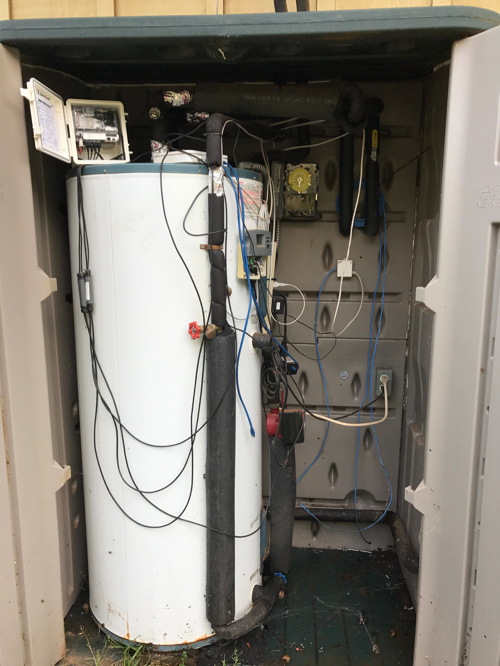
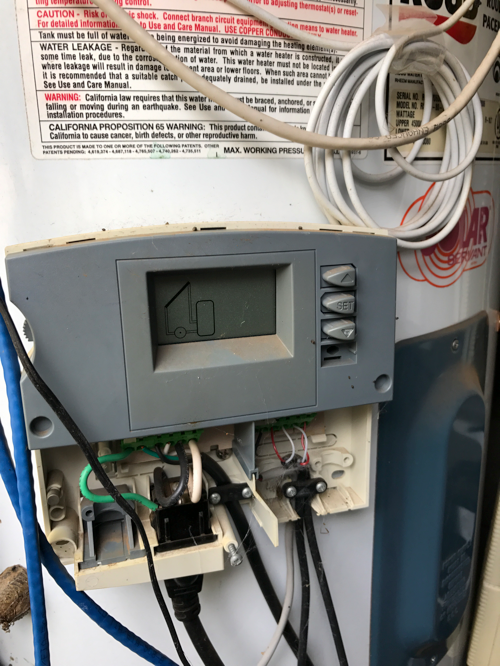 This is the time monitor
This is the time monitor 